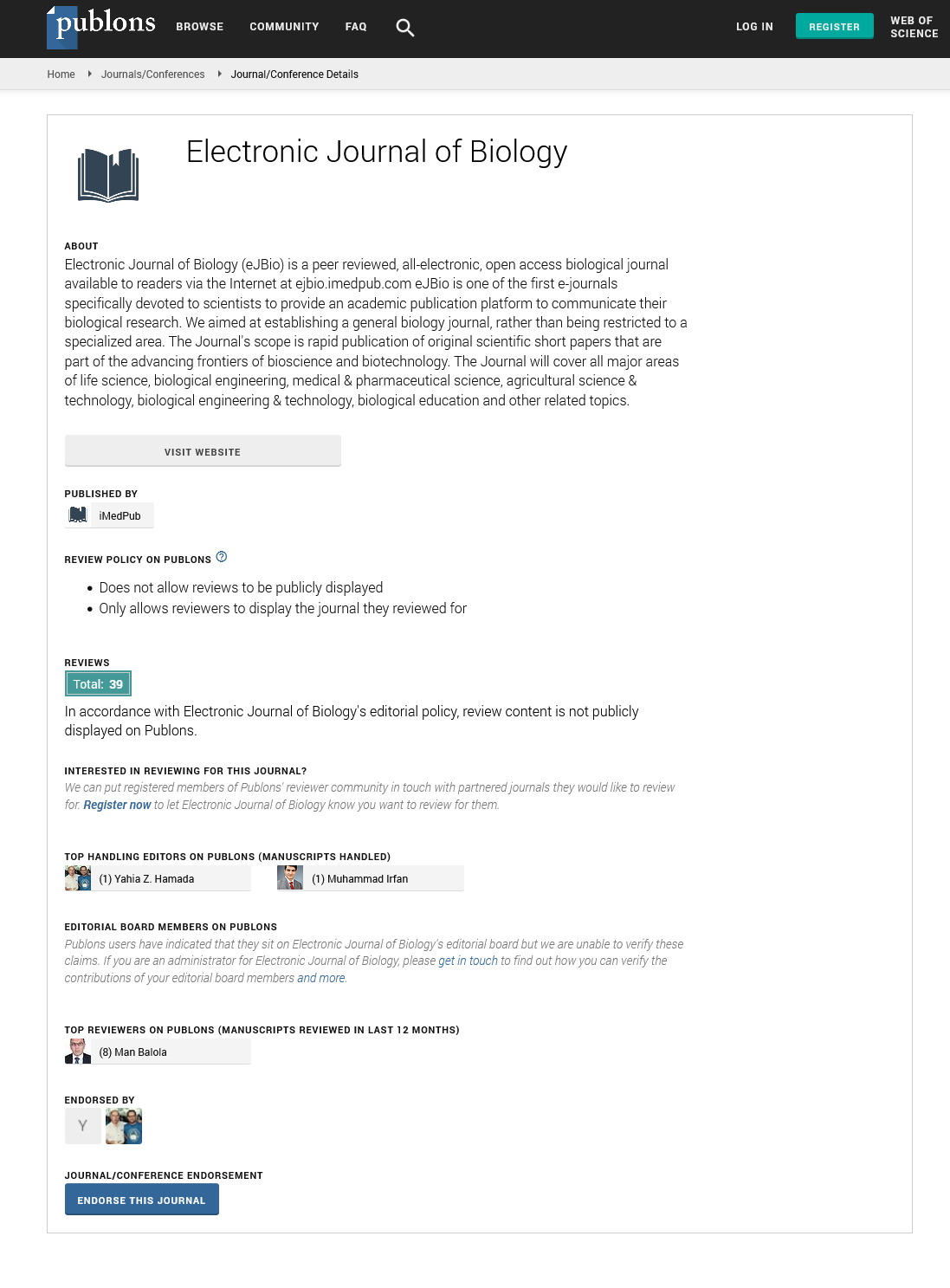Abstract
Calcium-Activated Chloride Channel in Rat Pulmonary Artery Smooth Muscle Cells
Calcium-activated chloride channels (CaCC) are crucial regulators of vascular tone by promoting a depolarizing influence on the resting membrane potential of vascular smooth muscle cells. The chloride equilibrium potential (ECl) of pulmonary artery smooth muscle cells (PASMC) is significantly more positive than the resting potential. The role of CaCC is probably to produce membrane depolarization and consequent opening of voltage-dependent calcium channels (VDCCs) to evoke contraction by influx of extracellular Ca2+. Using the whole cell patch-clamp technique, sustained Ca2+-activated Cl- currents (ICl(Ca)) evoked by K+ free pipette solutions containing 500nM Ca2+ were recorded in single rat pulmonary artery smooth muscle cell. The electrophysiological characters of CaCC and its possible contributions to the rat pulmonary artery tone were studied. In conclusion, ICl(Ca) exhibited the typical outwardly rectifying. The steady states currents and activation/inactivation time constant of ICl(Ca) have obvious voltage dependence when evoked by fixed 500nM [Ca2+]i. However, increasing the duration of a +70 mV test pulse from 200 to 1400 ms didn’t significantly augment the amplitude of the outward current relaxation and tail current. The possible reasons are discussed.
Author(s): Shangbang Gao, Changming Wang, Weiwei Yu, Biwen Mo, Chenhong Li
Abstract | Full-Text | PDF
Share this

Google scholar citation report
Citations : 5001
Electronic Journal of Biology received 5001 citations as per google scholar report
Electronic Journal of Biology peer review process verified at publons
Abstracted/Indexed in
- Google Scholar
- China National Knowledge Infrastructure (CNKI)
- CiteFactor
- Electronic Journals Library
- Zoological Records
- WorldCat
- Proquest Summons
- Publons
- MIAR
- Openaccessarticles.com
- Secret Search Engine Labs
Open Access Journals
- Aquaculture & Veterinary Science
- Chemistry & Chemical Sciences
- Clinical Sciences
- Engineering
- General Science
- Genetics & Molecular Biology
- Health Care & Nursing
- Immunology & Microbiology
- Materials Science
- Mathematics & Physics
- Medical Sciences
- Neurology & Psychiatry
- Oncology & Cancer Science
- Pharmaceutical Sciences


